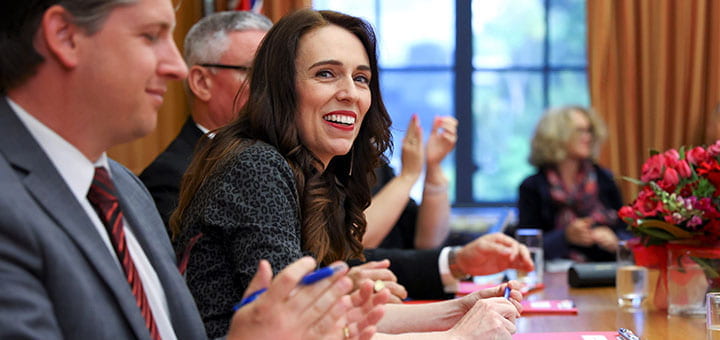Tag: Continuing Education
-

Enhancing the Professionalism & Public Service of Municipal Clerks & Treasurers
By
|
Clerks and treasurers in every town, city, and village are essential for the smooth functioning of municipal government, ensuring transparency, accountability and efficient service to their communities. To provide the extensive training clerks and treasurers need to undertake their many responsibilities, UW-Green Bay created the Wisconsin Municipal Clerks and Treasurers Institute (CTI) in 1975. CTI…
-

Revisiting Gender Equity
By
|
A Women’s Leadership Movement? Recent media stories about how strong female leaders are succeeding through the pandemic crisis have created a movement of reevaluating what a strong leader looks like and of taking a long, hard look at gender equity. Prime Minister Jacinda Ardern of New Zealand has been praised for her leadership style during…
-

Dismantling Bias
By
|
CAREER & BUSINESS The first hurdle we face as a society in dismantling bias is our own natures. Bias is baked into our brains. We literally can’t function if we don’t categorize the information we’re constantly exposed to: familiar, strange, interesting, boring. It is necessary for us to make inferences and assumptions. Otherwise, we’d be…
-

Mindfulness Contributes to Mental Fitness
By
|
Business & Career When the nature of work changes it’s important for companies and organizations to reassess what is working and what might need strengthening. For many workers, the makeup of work changed dramatically with COVID-19 and will likely continue with or without coronavirus. In the current reality, 46% of organizations have implemented work-from-home policies…

